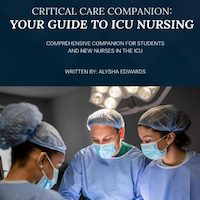Stories Category: Intensive Care
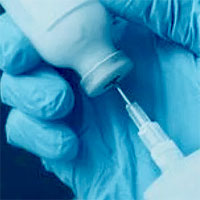
No Such Thing As a Simple Sedation Case
In my CA-2 year I encountered an elderly gentleman who needed an angiogram of his dialysis fistula. After starting the propofol infusion I placed an oral airway because his tongue obstructed his breathing by flipping back... read more

Evolving Changes in Mortality of Critically Ill with COVID-19 Over 8 Months
Age and mortality rates have declined over the first 8 months of the pandemic. The use of non-invasive respiratory support (NIRS) as the first respiratory support measure was associated with survival, but causal inference... read more

OSHA releases new standard to protect front-line health workers from COVID-19
The Biden administration issued a long-awaited new workplace standard aimed at protecting front-line healthcare workers from contracting COVID-19. The emergency temporary standard, released Thursday by the Occupational... read more

What is the Ideal Approach for Emergent Pericardiocentesis Using POCUS Guidance?
A total of 166 pericardial effusions were identified during the study period. The mean skin-to-pericardial fluid distance was 5.6 cm for the subxiphoid views, which was significantly greater than that for the parasternal... read more
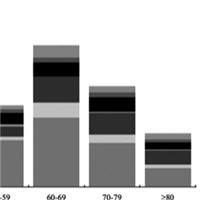
A Systematic Review of the Incidence and Outcomes of In-Hospital Cardiac Arrests in Patients with COVID-19
Approximately, one in 20 patients hospitalized with coronavirus disease 2019 received resuscitation for an in-hospital cardiac arrest. Hospital survival after in-hospital cardiac arrest within the ICU was higher than non-ICU... read more

Delirium and long term cognition in critically ill patients
Delirium, a form of acute brain dysfunction, is very common in the critically ill adult patient population. Although its pathophysiology is poorly understood, multiple factors associated with delirium have been identified,... read more
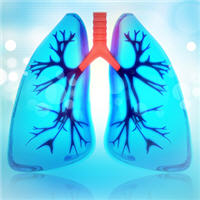
How I Went from Pulmonary Diagnostics and Wellness to System Lung Coordinator
Main Line Health is a multi-hospital health system serving patients in Philadelphia, PA, and its western suburbs. The system has been recognized as among the best in the region by U.S. News & World Report. In 2017, it was... read more

What the Flecainide is going on here?
A 54-year-old woman is brought to the emergency department for palpitations. In triage she has a heart rate of 120 bpm, BP 143/89, SpO2 99%. Shortly after being roomed, she begins to complain of worsening symptoms and looks... read more
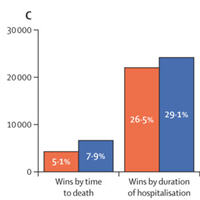
Therapeutic vs. Prophylactic Anticoagulation for COVID-19 Patients with Elevated D-dimer Concentration
In patients hospitalised with COVID-19 and elevated D-dimer concentration, in-hospital therapeutic anticoagulation with rivaroxaban or enoxaparin followed by rivaroxaban to day 30 did not improve clinical outcomes and increased... read more

Health Systems Successfully Leverage Tele-ICU During Pandemic and Intend to Continue
Help during the pandemic for overwhelmed, overworked intensive care unit (ICU) nurses at some health systems came in the form of experienced tele-ICU nurses working remotely to support on-site colleagues as they cared for... read more
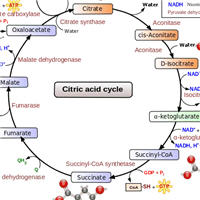
Lactate = LactHATE
Like many others who attended SMACC earlier this year I returned home dazed and confused about the significance of lactate in the septic patient. So like any good (aspiring to be) evidence-based medicine practitioner,... read more
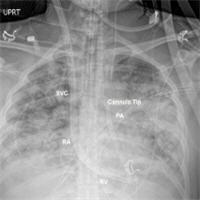
Protecting The Injured RV in COVID-19 ARDS
The abnormal interaction between the right ventricle (RV) and pulmonary vasculature in various disease states is associated with adverse clinical outcomes. Impaired RV physiology in acute respiratory distress syndrome (ARDS)... read more
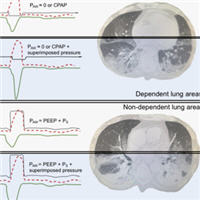
Non-invasive Respiratory Support and P-SILI in COVID-19
Coronavirus disease 2019 (COVID-19) pneumonia is associated with hypoxemic respiratory failure, ranging from mild to severe. Due to the worldwide shortage of intensive care unit beds, a relatively high number of patients... read more
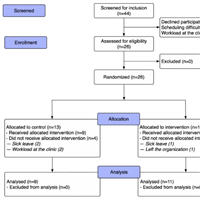
Do team and task performance improve after training situation awareness?
This intervention study shows that a 2-h education in situation awareness improved parts of team performance in an acute care situation. Team leadership and task management improved in the intervention group, which may indicate... read more
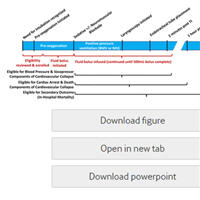
Protocol and statistical analysis plan for the PREPARE II randomised clinical trial
Cardiovascular collapse is a common complication during tracheal intubation of critically ill adults. Whether administration of an intravenous fluid bolus prevents cardiovascular collapse during tracheal intubation remains... read more
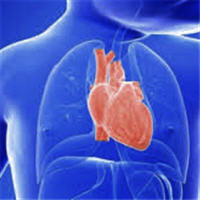
Factors Associated With Initiation of ECPR in the Pediatric Population
Although extracorporeal cardiopulmonary resuscitation (ECPR) is increasingly utilized in the pediatric critical care environment, our understanding regarding pediatric candidacy for ECPR remains unknown. Our objective... read more
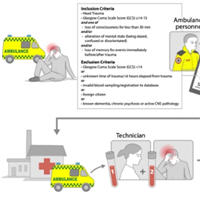
Diagnostic accuracy of prehospital serum S100B and GFAP in patients with mild TBI
Early prehospital and in-hospital S100B levels 0.10 μg/L was 100% (95%CI: 89.1;100.0) in prehospital samples and 100% (95% CI 89.1;100.0) in in-hospital samples. The specificity was 15.4% (95%CI: 12.4;18.7) in prehospital... read more


